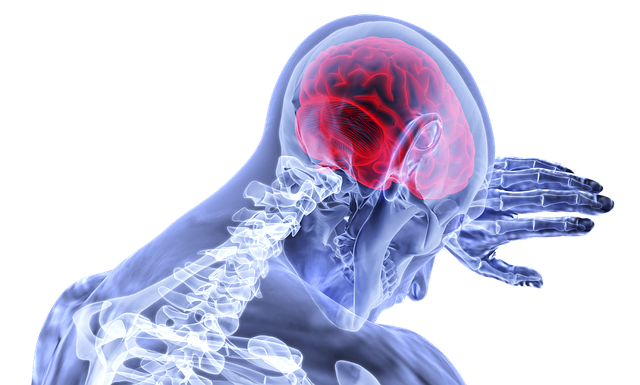Annually, millions of people worldwide suffer a stroke. According to the World Health Organization (WHO), 15 million people suffer stroke worldwide each year. Stroke is ranked as the second leading cause of death worldwide with an annual mortality rate of about 5.5 million. It is a disease of immense public health importance with serious economic and social consequences. Because it is a medical emergency, prompt treatment is crucial.
Next, we will discuss STROKE, and this lessons' aim is to help you understand:
A stroke occurs when a blood vessel that carries oxygen and nutrients to the brain is either blocked by a clot or bursts (or ruptures). When that happens, part of the brain cannot get the blood, also cannot get the oxygen that it needs, so brain cells die. This causes the part of the body that the injured brain controls to stop working.
A stroke also is called a cerebrovascular accident, CVA, or "brain attack."
Strokes are a medical emergency and urgent treatment is essential. The sooner the treatment for a stroke begins, the less damage is likely to happen.

The types of strokes include:
If you think someone might be having a stroke, check for these:
If these are present, call for help immediately.
Having a risk factor doesn't mean that we will get the disease, but it does increase the chances of getting it. The more risk factors are present, the more likely it is that a disease or health problem will occur.
Risk factors for stroke include:
Around 80% of strokes are preventable. Strokes can be prevented by making healthy lifestyle choices. Primary prevention of stroke includes lifestyle modifications and measures to control blood pressure, cholesterol levels, diabetes mellitus, and atrial fibrillation. Both hemorrhagic and ischemic stroke can be prevented by lowering blood pressure in patients with hypertension. Drinking more water and eating healthy food may help prevent a stroke. Exercise regularly, and avoid smoking and drinking too much alcohol can help in the prevention of stroke too.
Stroke treatment is performed by health professionals in hospitals, using proper medications and techniques. Crucial is to get help on time. Also, the treatment is different for ischemic and hemorrhagic strokes. In ischemic strokes, treatment usually involves drugs that break down clots and prevent others from forming. In hemorrhagic stroke treatment include medications that reduce pressure in the brain and control overall blood pressure, as well as prevent seizures or sudden constrictions of blood vessels. In some cases, surgical treatment is needed.
People can recover from stroke, but they need to be patient. Recovery usually occurs in two stages. The first stage is when doctors administer specific treatment to restore normal blood flow in the brain. The second stage is when the patient undergoes rehabilitation for curing the secondary effects (impaired speech, restricted physical abilities, weakness or paralysis of limbs on one side of the body, etc). The most rapid recovery usually occurs during the first three to four months after a stroke.
Recovery time after a stroke is different for everyone. Sometimes takes weeks, months, or sometimes even years. Also, some people recover fully from stroke, but others may have long-term or lifelong disabilities. Unfortunately, sometimes stroke can be fatal.